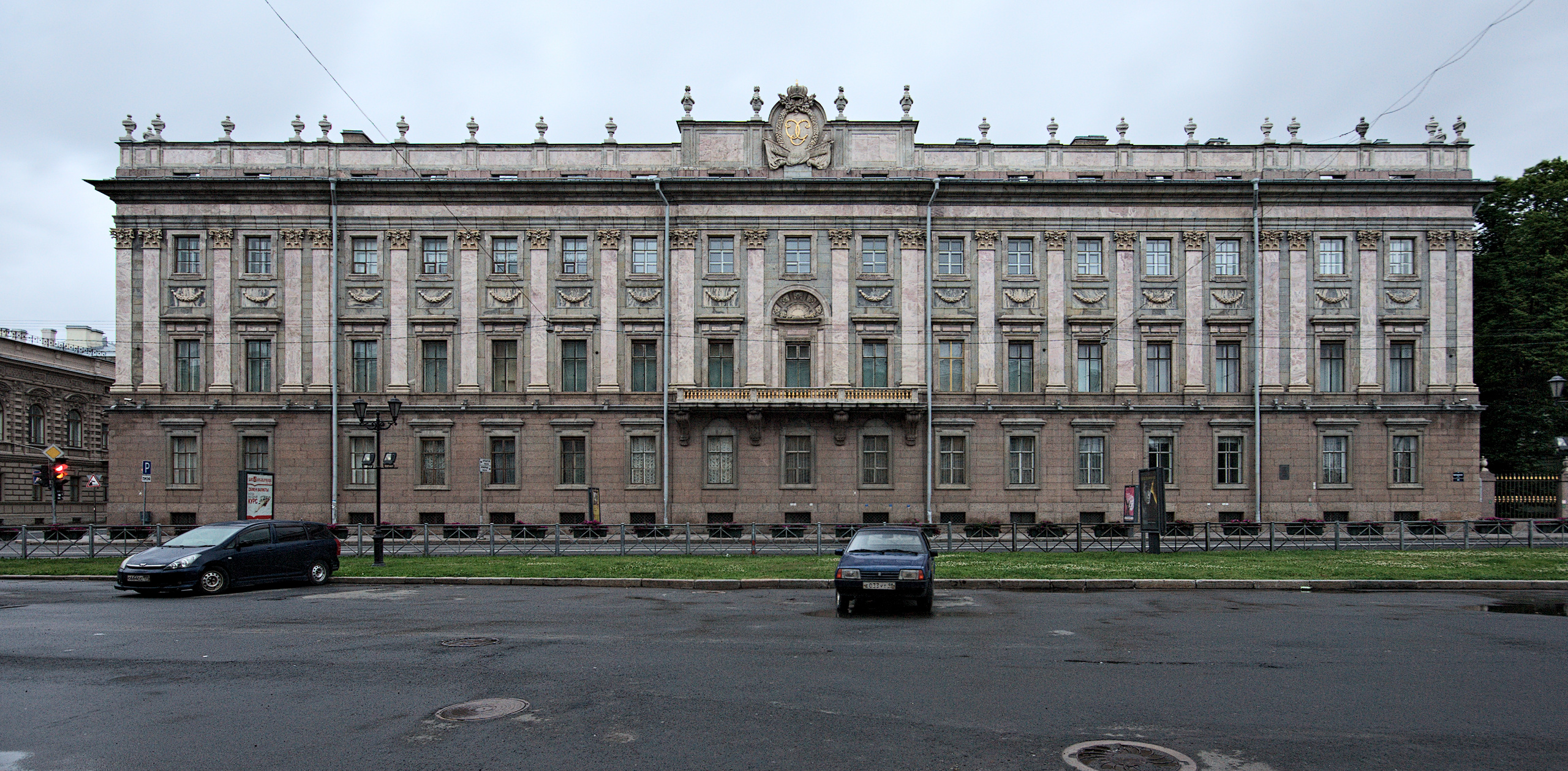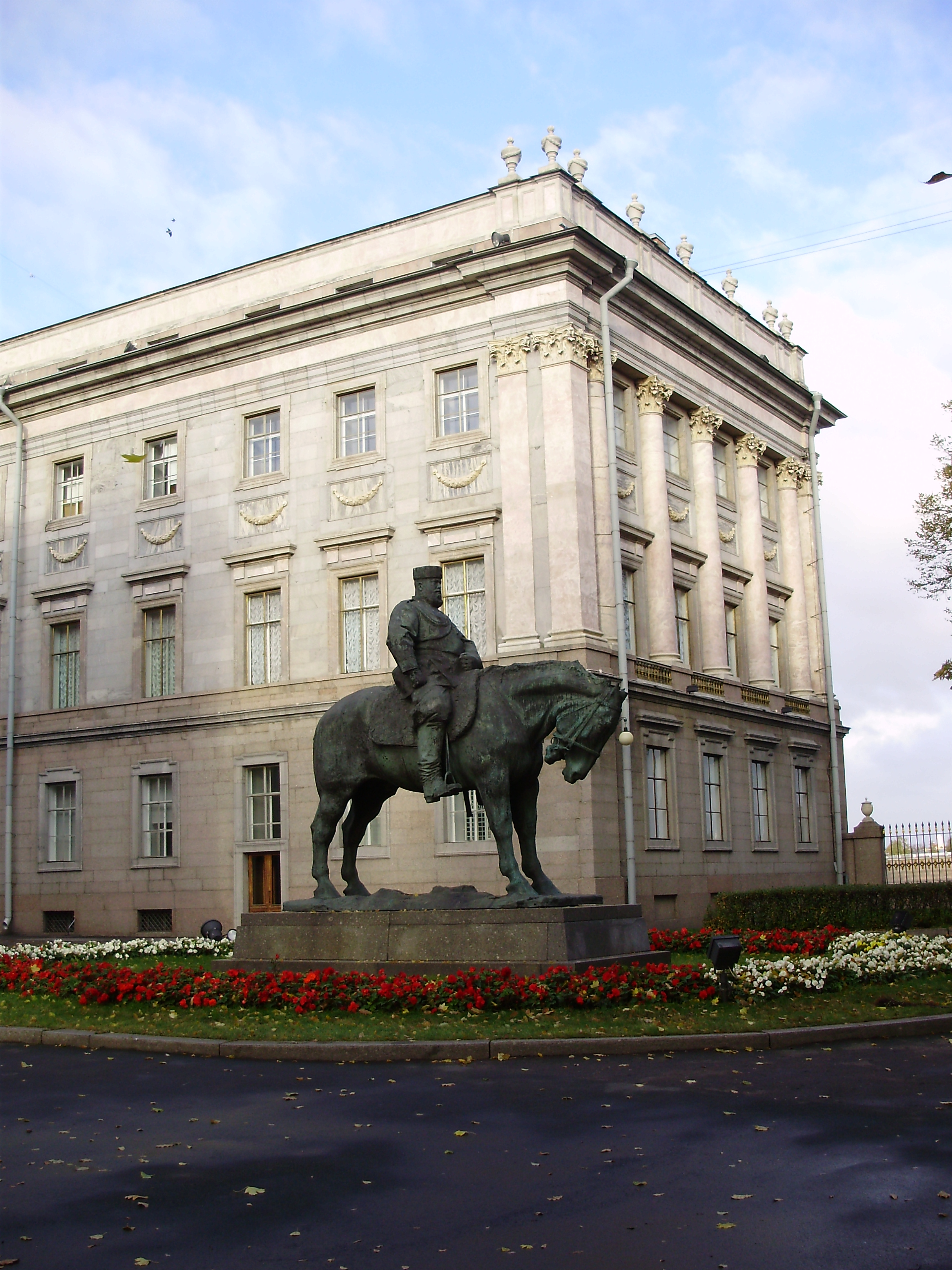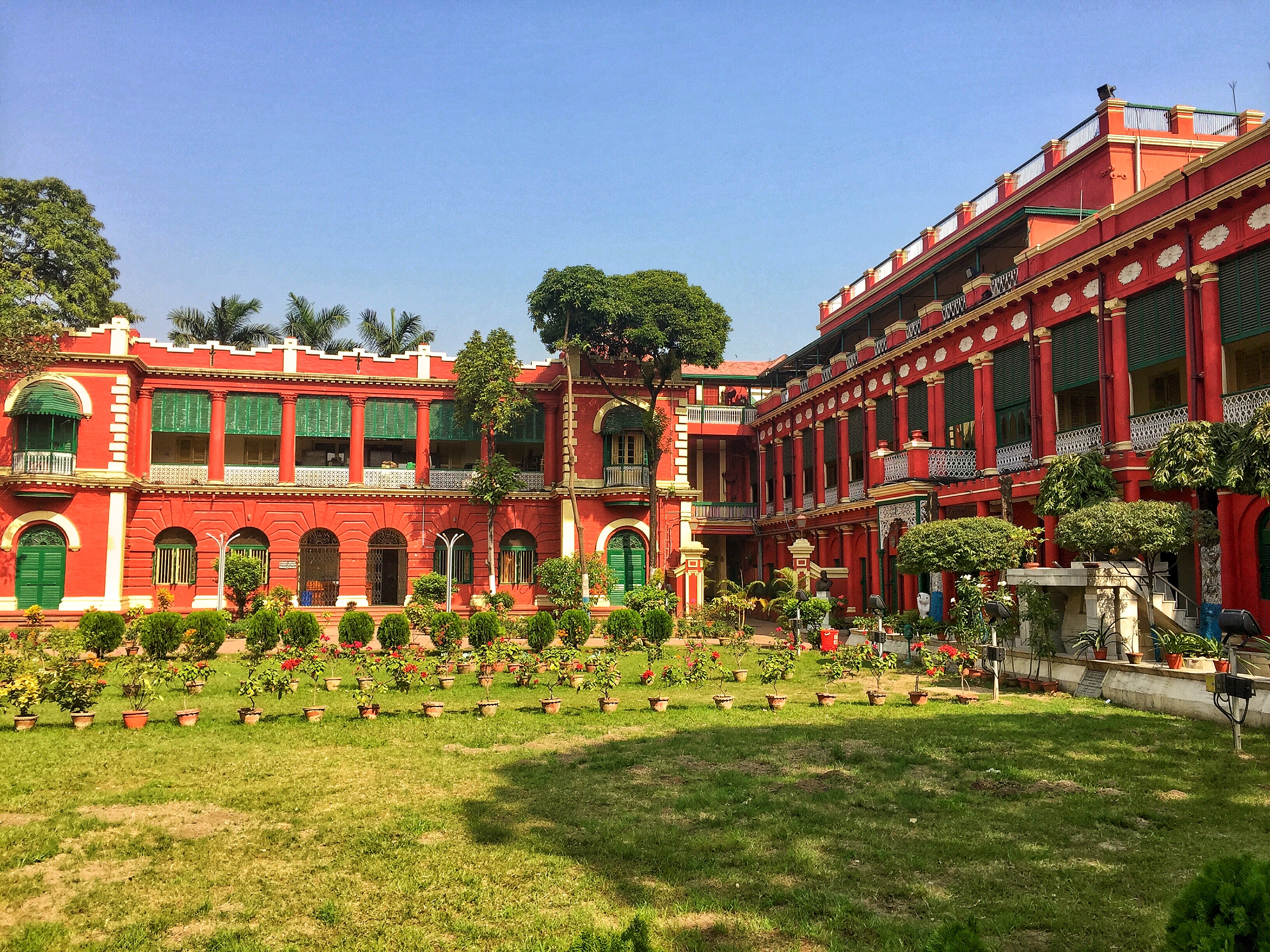Opulent Marble Palace: Kolkata's Neoclassical Gem of Cultural Splendor



The Marble Palace in Kolkata stands as a remarkable testament to 19th-century architectural and cultural sophistication. Constructed between 1835 and 1840 by the sixteen-year-old Raja Rajendra Mullick, this neoclassical mansion embodies the architectural hybridization characteristic of colonial-era Kolkata. The palace is a stunning fusion of Western architectural principles and traditional Bengali design elements, featuring intricate marble work that encompasses 126 different marble varieties.
The architectural marvel boasts impressive Corinthian pillars, beautifully ornamented verandahs, and unique sloping roofs reminiscent of a Chinese pavilion. Its design draws inspiration from significant historical structures, with intricate carvings that bear a striking similarity to the Mausoleum of Halicarnassus. The palace's exterior and interior reflect the cultural and artistic sensibilities of its creator, showcasing a blend of architectural styles that tell a rich story of Kolkata's historical landscape.
Raja Rajendra Mullick's passion for art is most prominently displayed through the palace's extraordinary collection. The mansion houses remarkable Western sculptures and paintings, including two significant works by Peter Paul Rubens: The Marriage of St. Catherine and The Martyrdom of St. Sebastian. Additionally, the collection features works by notable artists like Sir Joshua Reynolds, creating a diverse artistic panorama that speaks to the cultural ambitions of 19th-century Bengali merchants.
Beyond its architectural and artistic significance, the Marble Palace offers a fascinating glimpse into the social dynamics of colonial Kolkata. The grounds include a lake, a rock garden, and a small zoo, creating a multifaceted environment that reflects the complex cultural landscape of the time. Statues representing various religious traditions and exotic animals further enhance the palace's unique character, transforming it from a mere residence into a comprehensive cultural statement.
The palace's interior is equally captivating, with a music room featuring a luxurious marble inlay floor and statues of historical figures like Wellington and Napoleon. The ballroom retains original 19th-century chandeliers and silvered glass balls, preserving a tangible connection to the era's sophisticated social life. These spaces not only showcase the Mullick family's wealth but also provide insight into the cultural practices of Kolkata's elite during the colonial period.
Intriguing historical artifacts add another layer of mystique to the Marble Palace. Among its most fascinating possessions is a purported two-cornered biocome allegedly belonging to Napoleon Bonaparte, which exemplifies the kind of historical curiosities that make the palace more than just a architectural landmark. Such artifacts transform the space into a repository of global historical narratives, connecting Kolkata's local history to broader international contexts.
The palace continues to be a private residence for the descendants of Raja Rajendra Mullick while remaining accessible to visitors through a permit system. This unique arrangement allows the public to experience a living piece of Kolkata's architectural and cultural heritage. Visitors can explore the magnificent spaces, marvel at the art collection, and immerse themselves in the rich historical atmosphere that permeates every corner of this extraordinary mansion.
Today, the Marble Palace stands as more than a historical artifact—it is a vibrant narrative of cultural exchange, artistic passion, and architectural innovation. It represents a pivotal moment in Kolkata's history, where local creativity merged with global influences to create something truly extraordinary. The palace continues to inspire and educate, offering a window into a sophisticated era of cultural transformation and artistic expression.
Discover more attractions within 50km that might interest you

Kolkata, West Bengal
Ancestral Tagore home: Cultural landmark of Bengali Renaissance
Kolkata, West Bengal
Mother Church of Indian Armenians: A Spiritual Cultural Landmark

Kolkata, West Bengal
Iconic Synagogue Preserving Kolkata's Vibrant Baghdadi Jewish Heritage

Kolkata, West Bengal
Iconic Stone Church Symbolizing British Colonial Architectural Heritage